There are ephemeris that hurt, anniversaries that leave M. Night Shyamalan‘s latest (Time) a realistic fairground attraction, stripped of any fantastic artifice. 30 July marked the twentieth anniversary of the release of an album that was a determining factor in understanding the music of the first years of the century, as well as a catalyst for the rock scene of the first decade of this one. A date on the calendar that serves as a soulless reminder of the fleetingness of time for those of us who were once young, vibrating with that revitalisation of the guitars, which was born in the wake of a regenerative and influential record. A lapse of time that, like almost everything in life, is assimilated as terrifyingly short and disproportionate in relation to the accumulation of experiences unfolded during that same interval.
It was the autumn of 2000 when a group of twenty-somethings with a carefree attitude and a rock ‘n’ roll attitude emerged onto the New York scene; they came from good, Bohochic families in upper Manhattan. Their name was The Strokes, and their ranks still include Julian Casablancas, Nick Valensi, Nikolai Fraiture, Fabrizio Moretti and Albert Hammond Jr, the latest to join. In January 2001, through the Rough Trade label, they released Modern Age, their letter of introduction and gateway to a whirlwind of concerts, festivals, parties without time limits or parental prohibition of any kind, covers of the most prized magazines, million-dollar contracts and fratricidal struggles to get their signature on them. The seed of a phenomenon that would explode at all levels a few months later, with the release of their first full-length album: Is This It.

Recorded in the basement of the Transportarreum studio in the East Village, the New York quintet found their ideal underground habitat over a six-week period to unfold the raw, abrasive rock that Casablancas and his band had in their sights. With the advice of producer Gordon Raphael, and under the protection of the RCA label —the ones who won the bid to sign them—, those days would end up shaping the sonic canon for a whole new generation thirsty for new rock spasms.
The aim was to sound like a band from the past —specifically from the CBGB sphere of the 70s, or a few years earlier, Max’s Kansas City —who travelled to the future to make a record (Casablancas dixit). There were the echoes of the Velvet, the pristine grime of the Ramones, the dark posing of Jane’s Addiction, the art rock and angular guitars of Television or the ululating, thuggish magnetism of Alan Vega and the Suicide.
The references were obvious, perhaps even unoriginal, but the composition and the disillusioned and charismatic attitude with which they dispatched them would change the musical physiognomy of the city, and from there (as is often the case with Gotham), they would revolutionise the international scene and the music industry of their time.
The 9/11 attacks derailed the initial release plans – in the US it didn’t hit the shelves until 9 October – and forced the undoing of a few lines from the song “New York City Cops”. Neither the mourning nor the national tragedy of those days slowed the band’s meteoric rise. In less than five months they had sold half a million copies. Positive reviews and widespread enthusiasm paid off with an exhaustive world tour.
The Strokes phenomenon was taking hold in every hemisphere of the globe. A wave of new millennium rock that went beyond the purely musical to weave complicities with the world of fashion. Leather jackets, Converses, skinny trousers and dishevelled hair became cool clothes for young people halfway around the world.
After releasing their debut and sealing their membership as rock’s saviours, the shockwave generated paves the way for the emergence of an alternative scene under the new rock umbrella. Kings of Leon, The White Stripes, Interpol, The Rapture, The Walkmen, The Bravery, Black Rebel Motorcycle Club, TV On the Radio, Band of Horses, Yeah Yeah Yeahs, Arcade Fire take advantage of the favourable pull to reinforce the scene from the American continent; and shield New York -first LES and then the holy land of the speculator, also known as Williamsburg- as the new musical melting pot.
On the other side of the Atlantic, Franz Ferdinand, Bloc Party, The Libertines, and, a few years later, Arctic Monkeys, do the same. There is also a proliferation of mere stickers in all time zones: The Hives (Sweden), The Vines (Australia), The Kooks (UK). A revitalisation of the rock and New York scene that would germinate with Williamsburg as the cradle and place of pilgrimage for a large number of groups that helped define the sound of the decade: LCD Soundsystem, Animal Collective, MGMT, Grizzly Bear, Yeasayer, Vampire Weekend, The National, The Drums, etc.
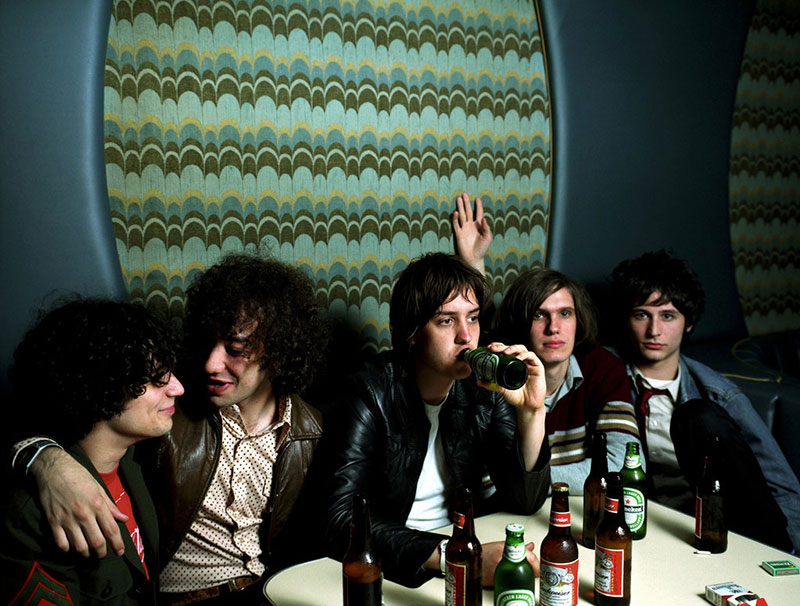
After dominating charts, conversations and rivalries during the first decade of the 21st century, the Manhattan quintet went through a marked creative crisis during the second decade. A journey in the desert from which they seem to have emerged with the good sensations recovered with their latest work to date, The New Abnormal (2020).
Critics of the band and their legacy have not ceased to attack their authenticity and value, citing the band’s lack of originality and their debt to the New York rock of previous decades. They are not without reason, although these words also tend to underlie the emotional distance of those who were not able to experience it from the energetic youthful splendour; from the visceral, but rather in its more intellectual facet. For those of us who were fortunate enough to have been involved in this regeneration of rock, to assimilate it as the music of our time, to celebrate its triumph over nu metal and groups like Limp Bizkit and Korn, there is no hint of reproach, only eternal gratitude.
BONUS TRACK
If you want to get a broad and accurate overview of what that whole wave was and meant, I recommend reading See You in the Bathroom: Rebirth and Rock and Roll in New York, the exhaustive oral history of those days. A 600-page tome spun by the journalist Elizabeth Goodman through the participation of the main exponents of that scene, detailing the juicy ins and outs. It is also the chronicle of a wounded city in search of lost musical landmarks.

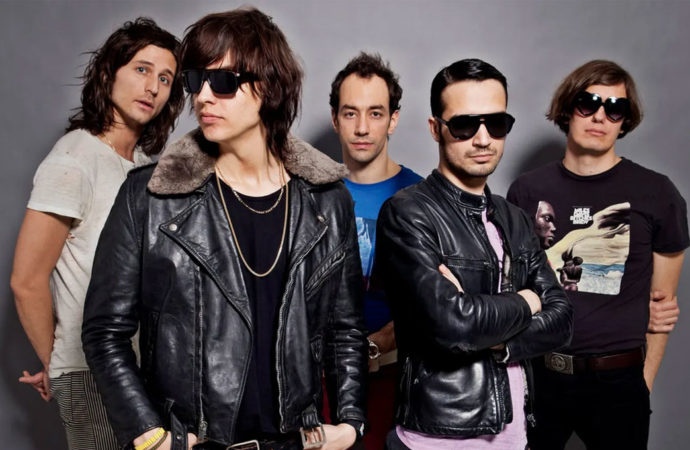
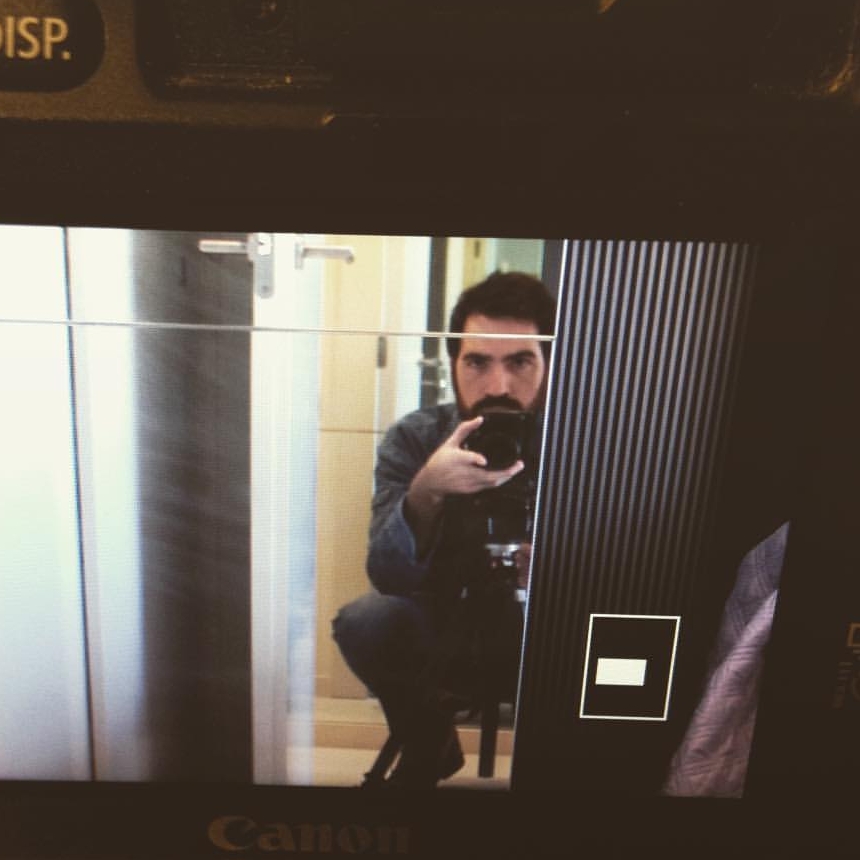
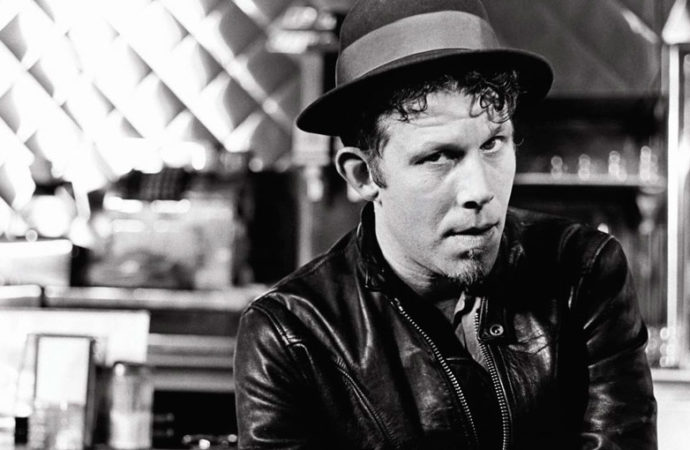
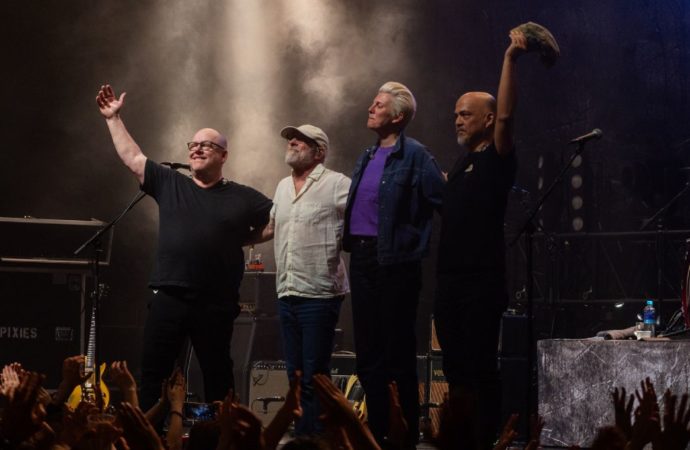

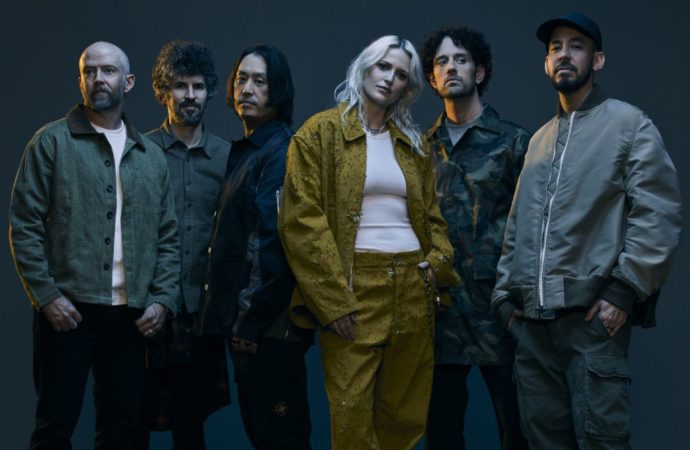
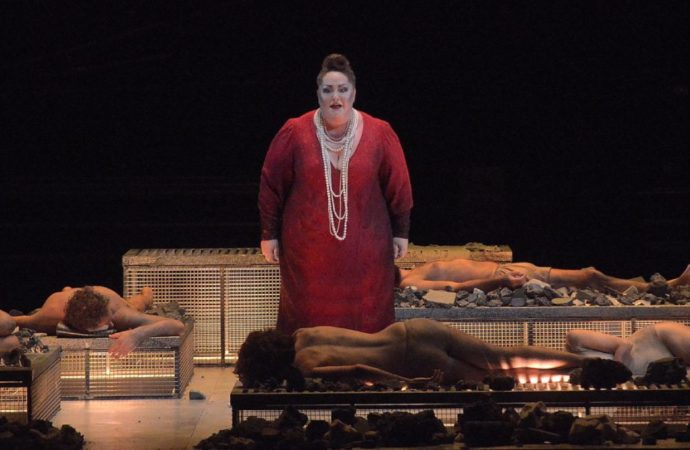
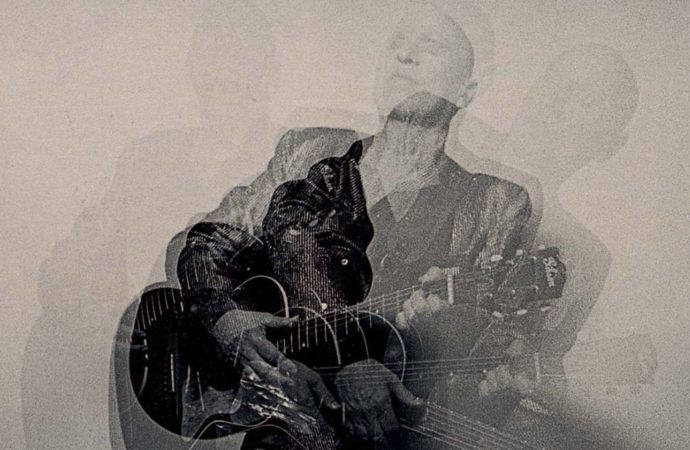
No one has posted any comments yet. Be the first person!